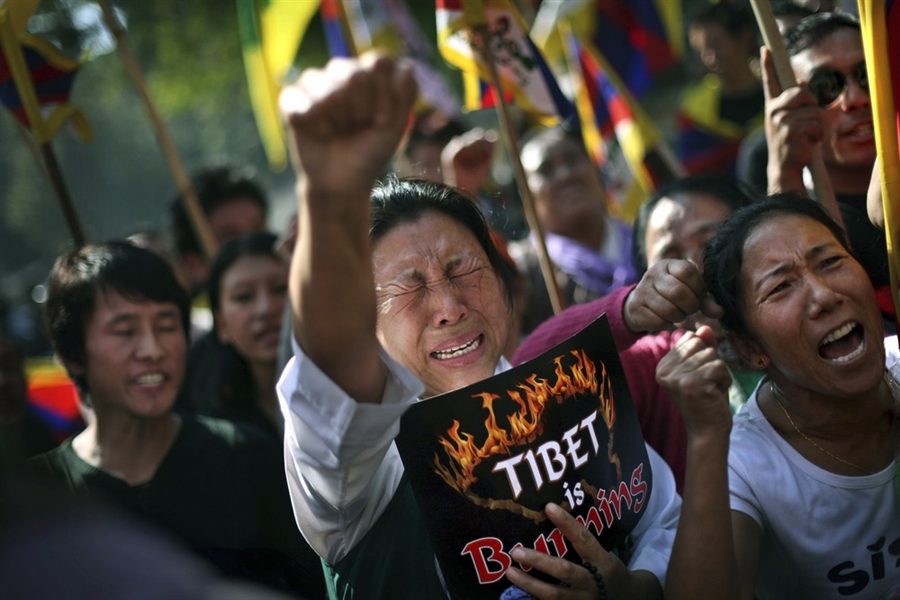
The recent outbreak of self-immolation protests in the Tibetan movement for independence has been interpreted as nationalists’ rejecting of Buddhist teachings and the political authority of the Dalai Lama, but a new study finds Buddhism and its leader holding its relevance for this community. In the current issue of the journal Contemporary South Asia (Vol. 24, No. 1), Zara Ramsey writes that “political self-sacrifice,” meaning self-immolation and hunger protests among Tibetan protestors, and their wider acceptance in the Tibetan refugee community, has been viewed as a sign of secularization, especially since the Dalai Lama condemns such practices. To test such arguments, Ramsey conducted research among the Tibetan exiles in Dharamasala, India, the political center of the diaspora, looking both at their beliefs and level of loyalty to the Dalai Lama. She finds that over 90 percent of the exiles consider themselves religious, and 95 percent agree that whatever the Dalai Lama says is correct.
Most of the respondents (74 percent) agreed that politics and religion should be combined, but many (77 percent) also believed that hunger strikes and self-immolation are non-violent methods of resistance, which goes against the Dalai Lama’s and Buddhist teachings in general. Yet Ramsey finds that the Dalai Lama’s views on political self-sacrifice are vague enough that Tibetan Buddhists are able to rationalize them, saying that he may be setting up an ideal but leaves “grey areas, leaving space for followers to (re)interpret his more general statements without challenging his traditional authority.” Ramsey finds wide admiration for Gandhi among the followers, and he supported and engaged in the method of hunger strikes. She predicts an “increasing movement towards Gandhian methods within the broader framework of Tibetan Buddhism. The Dalai Lama is likely to maintain the positions of an object of worship and a symbolically unifying institution, but it seems like his rejection of common resistance methods…may well be ‘forgotten’ or explained away after his death.”
(Contemporary South Asia, http://www.tandfonline.com/toc/ccsa20/current) 